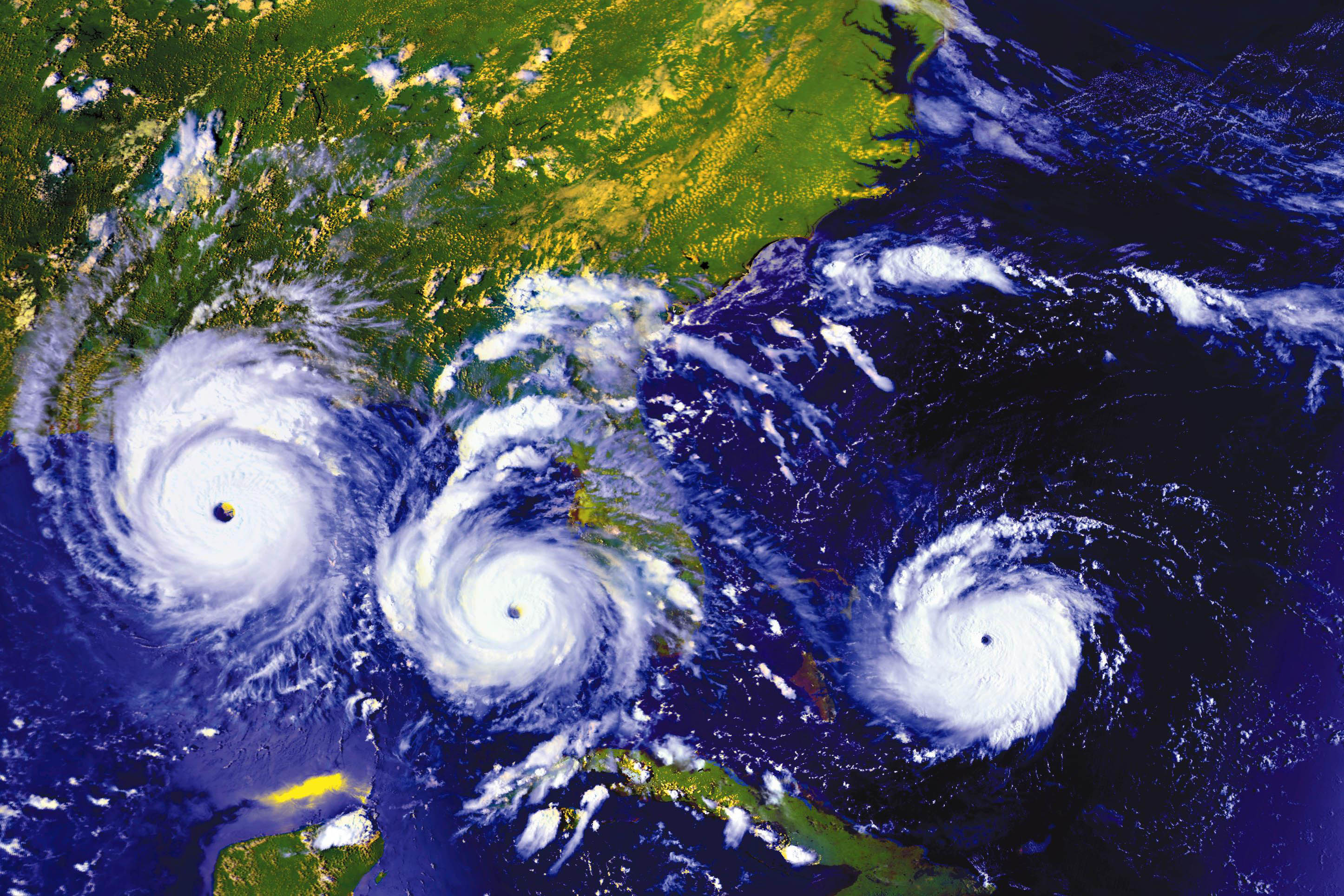This assignment details how temperatures and sunrise/sunset times vary for five different cities on similar latitudes on the globe. The data was taken from www.weather.com (The Weather Channel) and the images were constructed in Google Earth. For this assignment, the high and low temperatures recorded are for 10/30/12. Sunset corresponds to when sunset occurred on 10/30/12, while sunrise corresponds to when the sun will rise on 10/31/12. (I posted this at night, and could not find when the sun rose this morning.)
For my first city, I chose New York City, NY. The high was 56 degrees F and the low was 45 degrees Fahrenheit. The sun set today at 5:54 pm and it will rise tomorrow at 7:27 am. Below is a picture of New York City.
My next city was Miami, FL. The high today was 73 degrees Fahrenheit and the low was 56 degrees Fahrenheit. The sun set today at 6:40 pm and will rise tomorrow at 7:29 am. Below is a picture of Miami.
My next city was Bogota, Colombia. The high today was 66 degrees Fahrenheit and the low was 48 degrees Fahrenheit. The sun set today at 5:39 pm and will rise tomorrow at 5:42 am. Below is a picture of Bogota.
The next city I chose was La Paz, Bolivia. The high today was 63 degrees Fahrenheit and the low was 39 degrees Fahrenheit. The sun set today at 6:37 pm and will rise tomorrow at 5:55 am. Below is a picture of La Paz.
My last city was Santiago, Chile. The high today was 75 degrees Fahrenheit and the low was 50 degrees Fahrenheit. The sun set today at 8:09 p and will rise tomorrow at 6:43 am. Below is a picture of Santiago.
Finally, here is a Google Earth image of all five cities marked to show their similarity in latitude.















